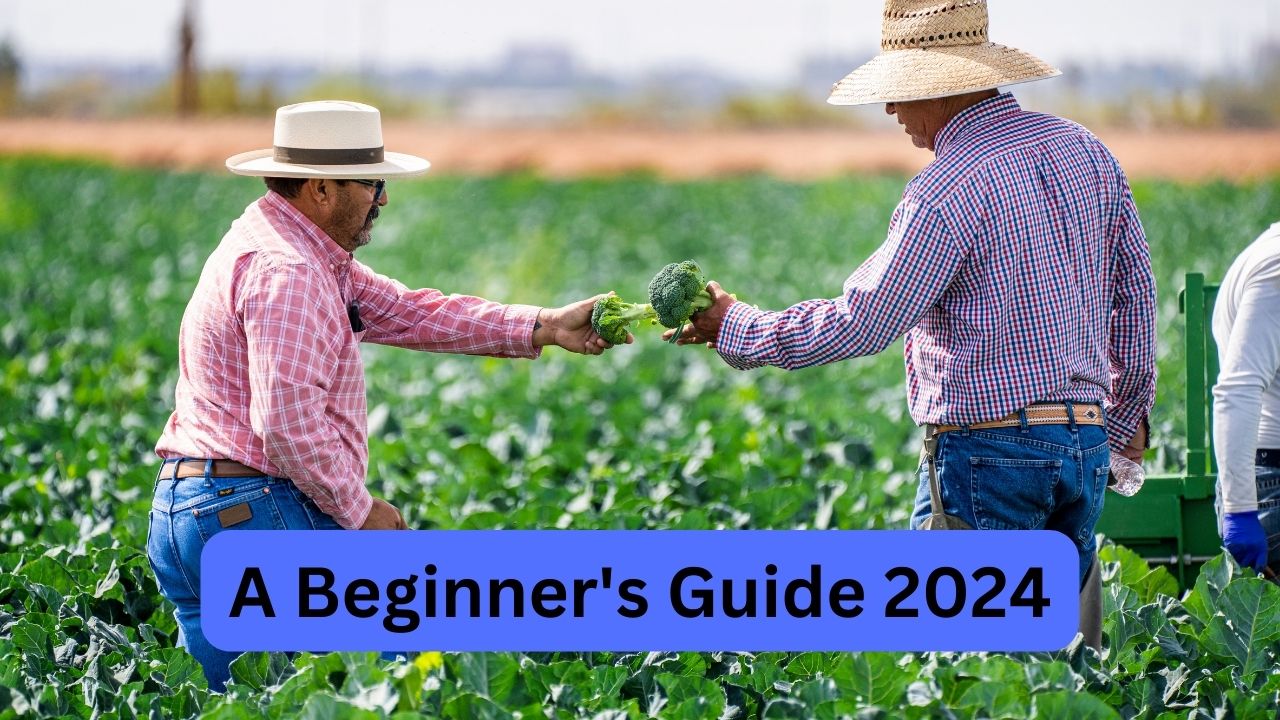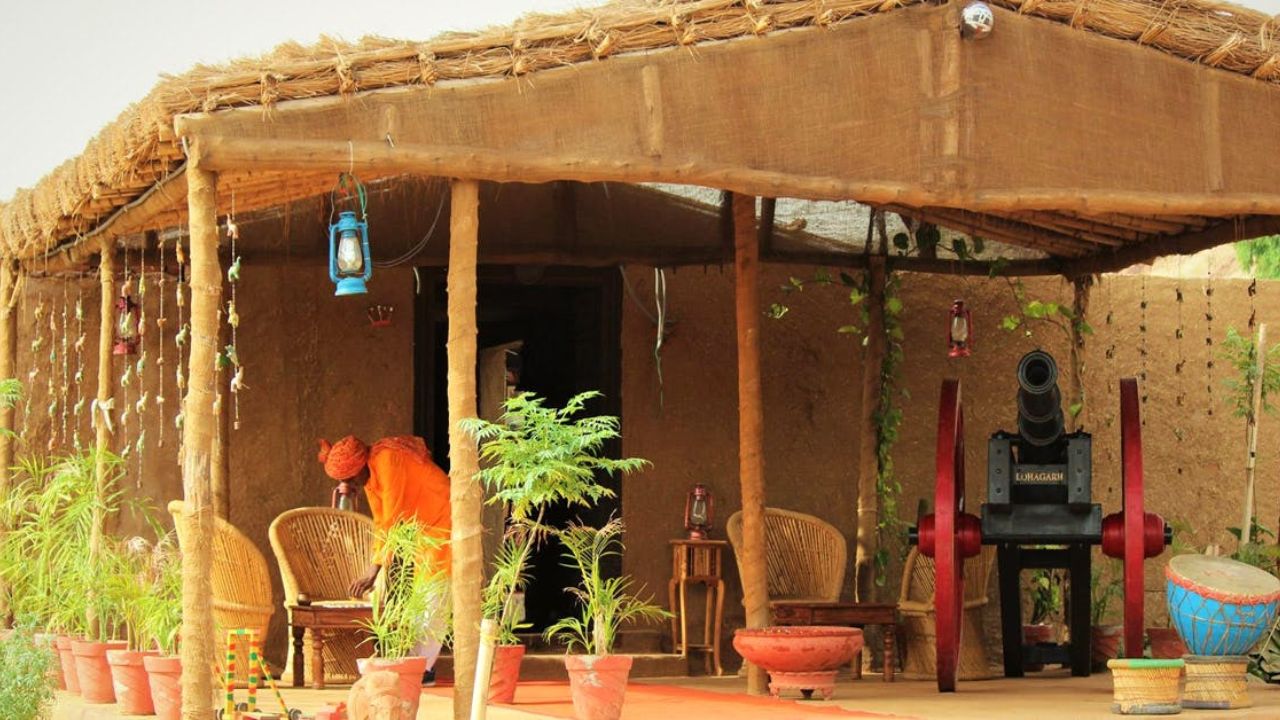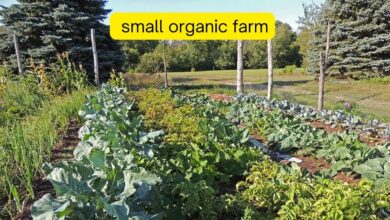Urban Farming Best Practices 2024: Grow in Small Spaces
In India’s busy cities, space is hard to find. Still, urban farming is catching on. Urban Farming Best Practices This article looks at the top best practices for growing fresh food at home in small areas. It talks about using techniques like vertical gardening and containers. These methods help people get the most from their space and grow in sustainable ways.
More and more in India, people want locally-grown, organic food. So, many are starting to farm in the city. This article is a full guide for city farmers. It covers saving water and keeping pests away. By using these tips, readers can make the most of their small gardens. They also join the movement for city self-sufficiency.
Introduction to Urban Farming Best Practices
In India’s bustling cities, a new movement has started – urban farming, also known as urban agriculture. It’s a way to produce food sustainably in or near cities. This meets the need for fresh, local food.
Urban farming helps connect people back to their food’s source. It also reduces the harm on the environment from bringing food far. So, it’s good for the planet.
This type of farming does a lot more than just being green. It makes healthy, affordable food more available, especially in places with less food. And, it creates jobs for people living in cities.
In India, where cities are quickly growing and needing more food, urban agriculture is a great fit. It helps ensure there is enough food for everyone and makes cities more independent when it comes to food.
From gardens on rooftops to cool new projects in communities, urban farming in India is full of variety and fresh ideas. Every day, more folks are choosing to grow food this way. This shows how much urban agriculture can change our cities and lives for the better.
| Key Benefits of Urban Farming in India |
|---|
| Increased access to fresh, locally-grown produce Reduced carbon footprint and environmental impact Economic opportunities for urban residents Improved food security and self-sufficiency Community building and educational opportunities |
India’s interest in urban farming is growing. It’s a bright answer for making enough healthy food in our city-filled future.
Maximizing Small Spaces for Cultivation
Urban farming often runs into the problem of not having enough space. But, there are ways to turn even a tiny spot into a garden. For urban farmers, two helpful methods are vertical gardening and container gardening.
Vertical Gardening Techniques
Vertical gardening changes the game for small spaces. It uses structures like trellises or walls, allowing more plants in the same area. Plants that climb, such as tomatoes, cucumbers, and beans, work well. This saves water and cuts down on weeds, making it a smart choice for city farming.
Container Gardening Solutions
If you’re really tight on space, try container gardening. You can use anything from pots to old tires as containers. These can go on balconies, patios, or windows. This method supports a wide variety of plants.
With vertical and container gardening, you can do a lot with a little. These creative methods turn city spaces into productive gardens. They help people thrive as urban farmers.
Best practices for urban farming
To make an urban farm a success, several best practices should be followed. These range from picking a good spot to managing water well. By following these tips, farmers in the city can grow a lot of food while being kind to the planet.
Selecting the Right Site
Where you put your urban garden greatly impacts how well it grows. Think about how much sunlight reaches the area, if there’s easy water access, and if it’s protected from elements. Always choose places that get a lot of sun, ideally six hours every day.
Preparing the Soil
City soils might not be ready to support plant life. They could have harmful chemicals or lack nutrients. Add things like compost or aged manure to the soil to make it better. Also, check the soil’s pH level and make changes as needed to help your plants grow.
Choosing Suitable Crops
Some plants do better in city gardens than others. Pick plants that don’t need a lot of space, but provide a good amount of food. Go for things like quick-growing veggies, herbs, and small fruits. These plants use space efficiently and give you more crops in return.
Efficient Water Management
Being smart about water is key for city farmers. Use drip systems or hoses that water plants at their roots. This stops water from being wasted through evaporation. Also, capture rainwater in barrels to use when it doesn’t rain.
Integrated Pest Management
City gardens can be targets for pests and diseases. Use a mix of natural methods to protect your plants. This includes planting certain things together, adding good bugs, and using organic ways to keep pests away.
| Best Practice | Benefit |
|---|---|
| Selecting the Right Site | Ensures optimal sunlight, water access, and protection from pests and elements |
| Preparing the Soil | Improves soil fertility and structure for healthy plant growth |
| Choosing Suitable Crops | Maximizes productivity in limited urban spaces |
| Efficient Water Management | Conserves water resources and reduces waste |
| Integrated Pest Management | Maintains a balanced, eco-friendly approach to pest control |
By sticking to these best practices, city farmers can grow gardens that are full of life. They get plenty of food while making the city a greener place.
Sustainable Practices for Urban Growers
Urban farmers are turning to sustainable methods more and more. They are finding ways to make their gardens greener. Water conservation is a top priority for them, given the water scarcity in cities. Using conservation techniques, they cut down water use. This helps the environment and keeps their efforts fruitful.
Water Conservation Methods
Farmers in the city use a mix of tricks to need less water and use it better:
- Drip irrigation systems: These targeted irrigation systems deliver water directly to the roots, reducing water waste and evaporation.
- Mulching: Applying a layer of organic mulch around plants helps retain soil moisture, reducing the need for frequent watering.
- Rainwater harvesting: Collecting and storing rainwater in tanks or barrels for later use can significantly reduce the reliance on municipal water sources.
- Greywater recycling: Repurposing household greywater (from sinks, showers, and washing machines) for irrigation can further conserve water resources.
- Drought-tolerant plant selection: Choosing plants that are native or adapted to the local climate can minimize water requirements and support sustainable urban farming practices.
| Water Conservation Technique | Estimated Water Savings |
|---|---|
| Drip Irrigation | 30-50% reduction in water usage compared to traditional sprinklers |
| Mulching | 20-30% reduction in water evaporation |
| Rainwater Harvesting | Up to 50% reduction in municipal water consumption |
| Greywater Recycling | 30-50% reduction in potable water demand for irrigation |
Using these methods helps urban farmers cut their water use. This makes their gardens more sustainable.
Pest Management in Urban Gardens
Keeping an urban garden alive requires smart pest management strategies. These places have special issues in controlling pests. We’ll help you know pests, stop them from spreading, and use natural ways to keep your urban crops safe.
Urban gardens often don’t have much space. This makes it easy for pests to move around and hurt plants. To fight this, you must take steps to stop pests early and keep their numbers low.
Identifying Common Garden Pests
First, find out which pests are bothering your garden. Common ones in cities are:
- Aphids
- Spider mites
- Caterpillars
- Slugs and snails
- Whiteflies
Implementing Organic Pest Control Methods
Don’t use strong chemicals. Instead, choose organic pest control solutions. These are safe for plants and people. Here are some good ways:
- Let good bugs like ladybugs eat the pests
- Use stuff like neem oil to keep bugs away
- Change where you plant things and mix different plants to stop pests from coming back
- Check plants often and get rid of pests by hand
With these methods, you can keep your garden both healthy and safe for the environment.
| Pest | Organic Control Method | Benefits |
|---|---|---|
| Aphids | Introducing ladybugs or lacewings | Ladybugs and lacewings are natural predators of aphids, keeping their numbers down. |
| Spider mites | Spraying with neem oil | Neem oil messes up spider mites’ lives, stopping their spread. |
| Slugs and snails | Applying diatomaceous earth around plants | Diatomaceous earth is bad news for slugs and snails, stopping them without chemicals. |
Using organic pest control methods helps urban gardeners have a great garden. It also saves the environment and keeps crops safe from pests.
Harvesting and Preserving Your Urban Crops
For urban farmers, the best part is seeing the results of their work in the form of big harvests. It’s important to use techniques that help you get more from your garden and make the food last longer. This part will look at how to best harvest and store your crops, and ways to keep growing them whenever possible.
Determining the Optimal Harvest Time
Knowing the best time to pick your crops is key. This ensures they taste great, have lots of nutrients, and last a long time. Watch for clues like when they’re the right size, color, and feel.
Properly Handling and Storing Crops
After picking your crops, handling them right is vital. Wash them gently and make sure they’re dry. Then keep them cool and dark, or cold if possible, to stay fresh longer. You can also try canning, pickling, or freezing to have them beyond their normal season.
Strategies for Extending the Growing Season
Thinking outside the box can let you have fresh crops for longer. Using things like cold frames and greenhouses can protect your garden in colder months. Planting different crops that like cooler weather can also help extend the growing time. This way you get more from your garden through the year.
By learning the right way to harvest, store, and stretch out the season, you can make your urban garden thrive. Follow these tips to enjoy the benefits of your garden year-round.
Conclusion
This article has delved into top strategies for urban farming in India. By following these steps, city farmers can grow more food. This leads to beautiful gardens in cities and supports the move to green, local food.
The key tips for urban farming we’ve looked at offer a plan for turning any space into a source of fresh food. Techniques like growing up instead of out and using water wisely are included. These let people in cities grow plenty of food and rely less on faraway farms.
The urban farming scene in India is changing, and these practices will help it move forward. They will meet the needs of more people and support a greener, local food supply. Choosing urban agriculture helps make good food available everywhere, without depending on food from far away.
FAQ
What is urban farming?
Urban farming, or urban agriculture, is growing food in or near cities. It includes cultivating crops and raising animals.
What are the benefits of urban farming?
Urban farming has several benefits. It gives people fresh, local food. It also reduces the carbon footprint and promotes sustainable city living.
How can I maximize small spaces for urban farming?
Using vertical gardening and containers lets you farm even in small spaces. This way, you can grow more food at home.
What are some best practices for successful urban farming?
Good urban farming starts with picking the right spot and preparing good soil. Choosing the best crops, managing water, and pests are key. Always keep sustainability in mind.
How can I conserve water in my urban garden?
There are many ways to save water in your urban garden. Use drip irrigation, plant resilient plants, and catch rainwater. These steps can make a big difference.
How do I manage pests in my urban garden organically?
For organic pest control, try companion planting and introducing helpful bugs. Only use organic pesticides when necessary.
How can I extend the growing season in my urban garden?
To grow food longer, use row covers, cold frames, or a greenhouse. These methods help protect your plants from the cold.




